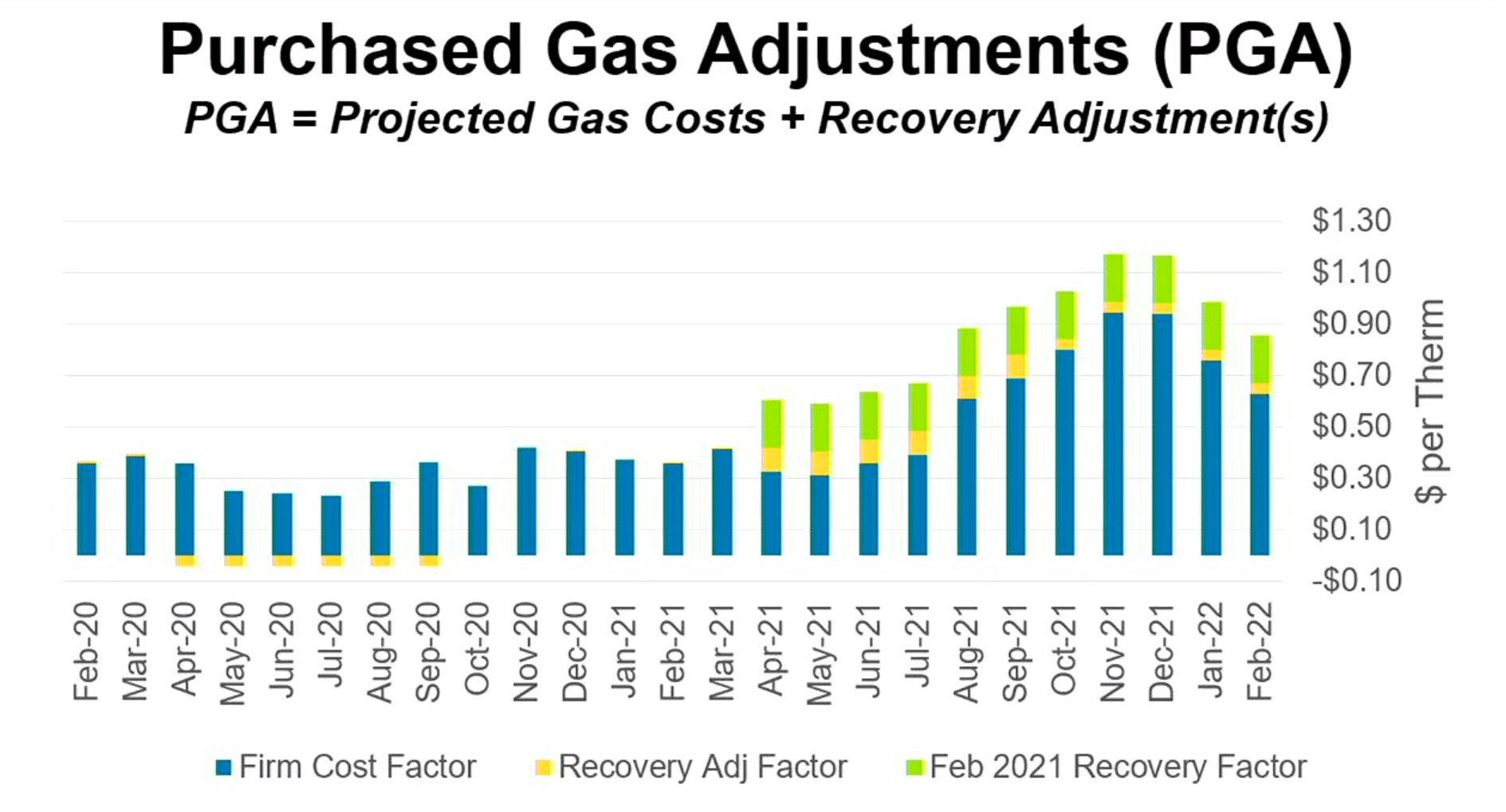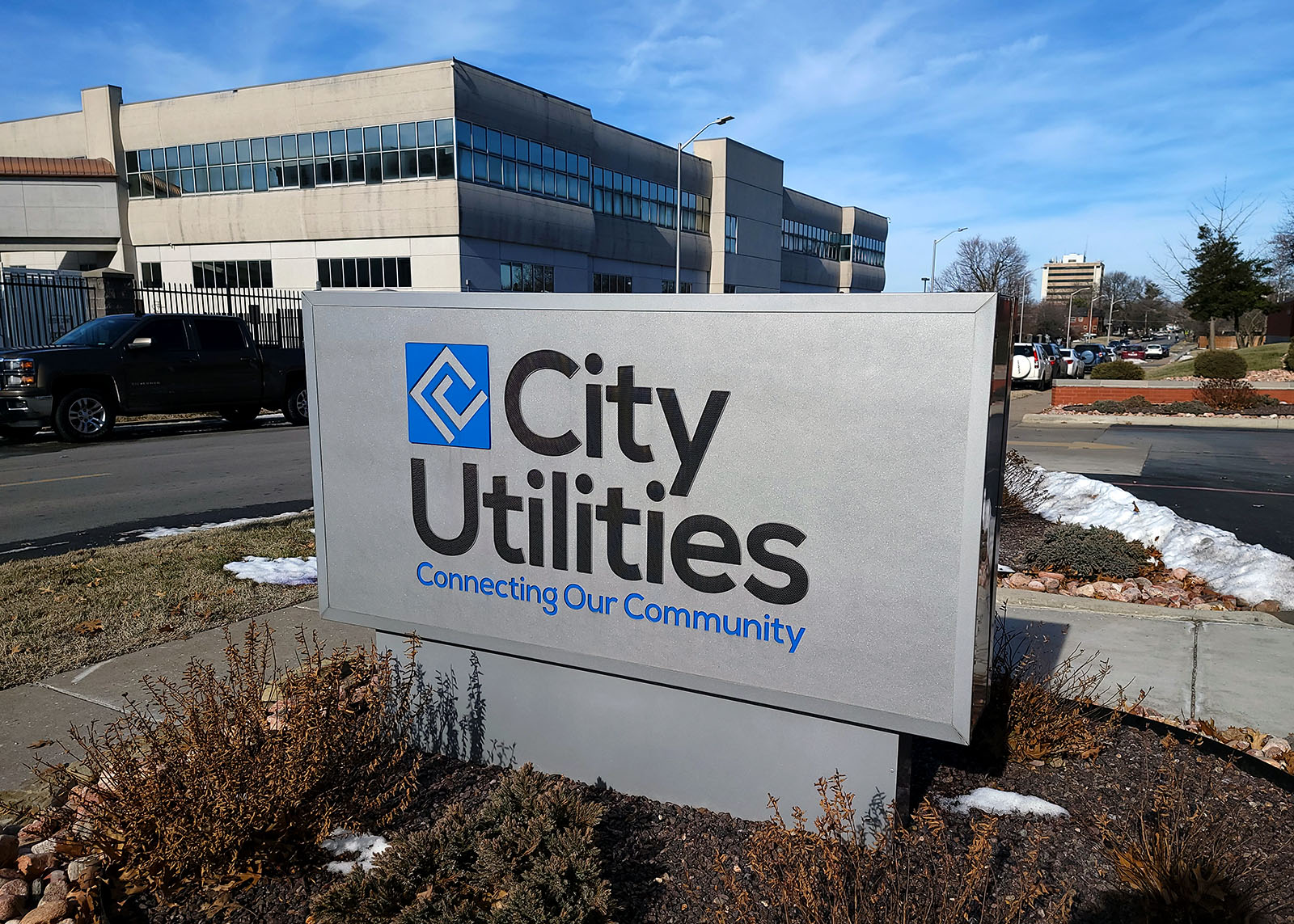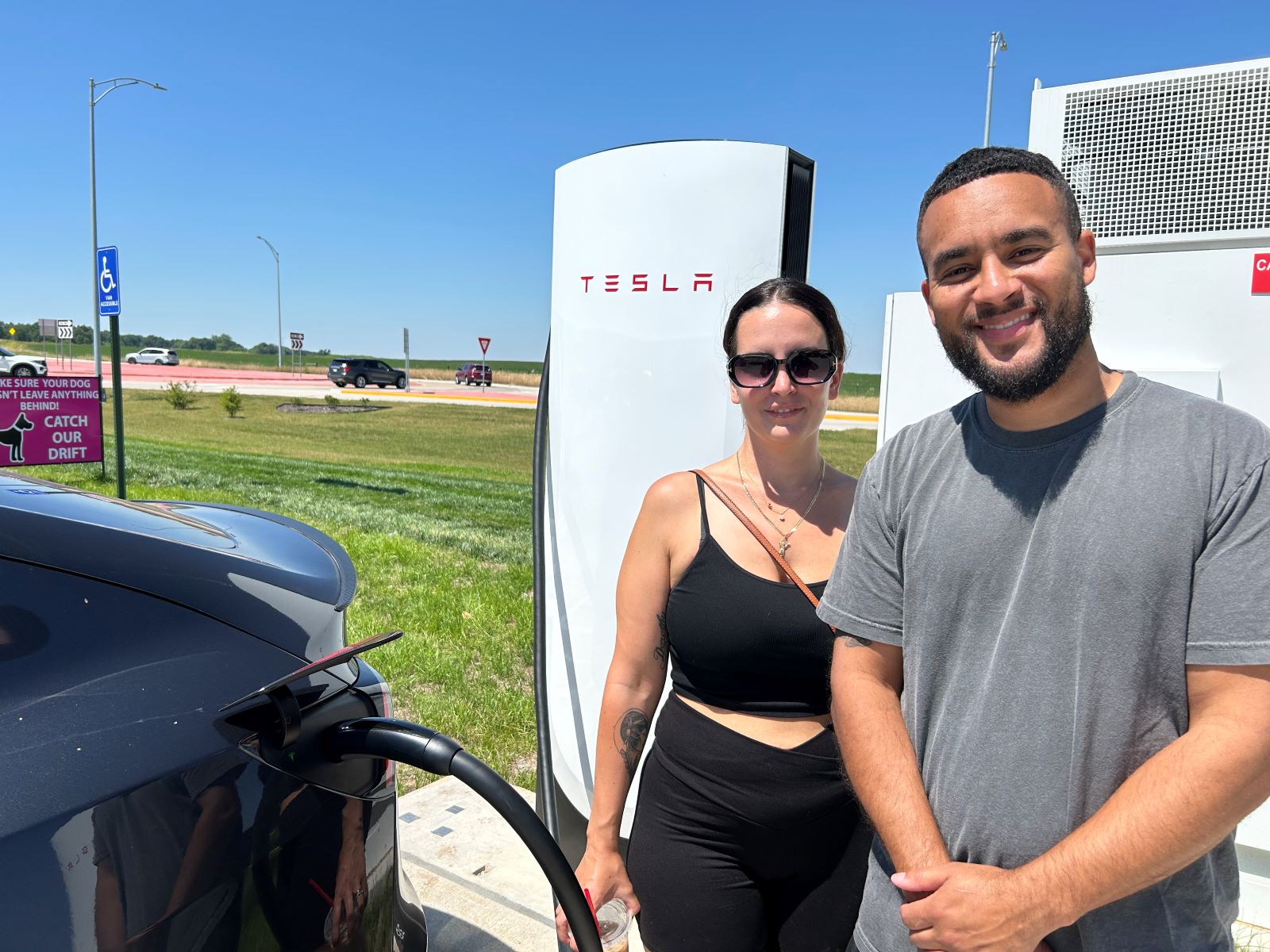Summary
Springfield City Utilities customers on natural gas pay a monthly surcharge to help the utility system recover from a winter storm that caused peak demands and rolling blackouts in February 2021.
If you've looked at your utility bill and thought, “This seems high to me,” you aren't alone. You may have forgotten how cold it was for four days in February 2021, but the people at Springfield City Utilities still remember.
If there is any good news, it’s that the cost of natural gas is going down after hitting a peak in November and December.
March 2022 marks the halfway point for 24 months of rate adjustments in the aftermath of what the National Oceanic and Atmospheric Administration declared was the costliest winter storm in U.S. history.
“Winter Storm Uri,” as it was named by the Weather Channel, caused the official temperature in Springfield to reach a low of 14 degrees below zero on Feb. 16, 2021, according to National Weather Service records. Prolonged subzero temperatures put a heavy demand on electricity consumption across the Southwest Power Pool, and also caused natural gas wells to freeze and cause shortages.
Springfield City Utilities reported a series of 30-60 minute rolling blackouts during Winter Storm Uri in order to reduce peak demand for power. Customers were asked to reduce their power and natural gas consumption and turn down their thermostats during the storm, in an effort to avoid full-scale blackouts across the City Utilities service area.
The subzero temperatures drove natural gas consumption across Springfield skyward as residents kept heat in their houses and sheltered from the cold.
Why care?
Utility costs impact household budgets across Springfield. The financial aftermath of Winter Storm Uri will last at least 12 more months. Over the long term, leaders at Springfield City Utilities say recovering the costs of purchasing natural gas at higher-than-usual prices during the winter storm will help City Utilities maintain its credit rating and keep utility costs down over time.
Why your bill increased
“The total cost of this unprecedented weather event resulted in unplanned natural gas fuel purchases of approximately $40 million to initially be covered by an Operational Contingency fund,” a statement from City Utilities explaining the financial implications of Winter Storm Uri reads.
City Utilities maintains the $40 million reserve in order to protect its credit rating and ability to borrow money to fund infrastructure projects, like equipment and line replacements or the construction of new utility lines. The estimated impact on the average customer for City Utilities to recover the costs of purchasing natural gas during Winter Storm Uri is about $375.
On March 8, 2021, the Springfield City Council passed two bills to extend the recovery period from the winter storm from six months to 24 months. The ordinances came into effect at the recommendation of the Springfield Board of Public Utilities, an 11-member group that governs City Utilities.
The surcharges began in April 2021, and will continue through the end of March 2023.
“It is estimated that the amount will be approximately $0.20 per therm to help recover the nearly $40 million CU incurred during this unprecedented event,” an online FAQ that City Utilities put out in response to winter storm reads. “You have the ability to control how much impact that will have on you individually by continuing to monitor your individual usage.”
It came out to 18.75 cents per therm over 24 months, plus 4.17 cents per therm for six months after the ordinances were enacted.
A therm is 100 cubic feet of natural gas. The average household in Springfield consumes 148 therms of natural gas per month, according to Springfield City Utilities reports from February 2022.
When will the surcharge end?

In Springfield, residential customers on natural gas pay a monthly charge of $16. They also pay for the amount of gas they use, which is measured in therms. Customers also pay a commodity charge of 17.1 cents per 100 cubic feet of gas. The commodity charge is designed to pay for what it costs City Utilities to distribute natural gas to homes.
The costs of Winter Storm Uri show up on the bill as a “recovery adjustment factor,” which is calculated every six months. The recovery adjustment factor is based on how much money City Utilities has recovered from the winter storm of February 2021, a 4-percent payment to the city of Springfield in lieu of taxes and the projected amount of therms of natural gas to be sold over the 24-month recovery period.
Natural gas consumption and costs depend on the age of a home, the size of a home, the number of people living there and the efficiency of natural gas-consuming appliances.
Springfield City Utilities Vice President and Chief Financial Officer Amy Derdall brought up the February 2021 winter storm about a year after it happened, when the Springfield Board of Public Utilities met on Feb. 24, 2022.
“Since we had such a shortage of natural gas and all of the force majeures where the wellheads were frozen off last December, and thus, we were going into a summer season of lower natural gas volumes as a whole, our prices were up,” Derdall said.
Natural gas prices for City Utilities peaked in November 2021, exceeding $1.10 per therm. They fell to 99 cents per therm in January 2022 and were down to 86 cents per therm in February. These prices still exceed the costs in January 2021, for example, when natural gas cost less than 50 cents per therm in Springfield.
“Now, as we’re making it through the winter, the market is settling down and we are reducing those costs,” Derdall said. “If you look at the drop of the total gas cost that’s delivered between January and February, that would be about $20 less on a customer’s bill.”
Find out more
City Utilities FAQ on natural gas charges




